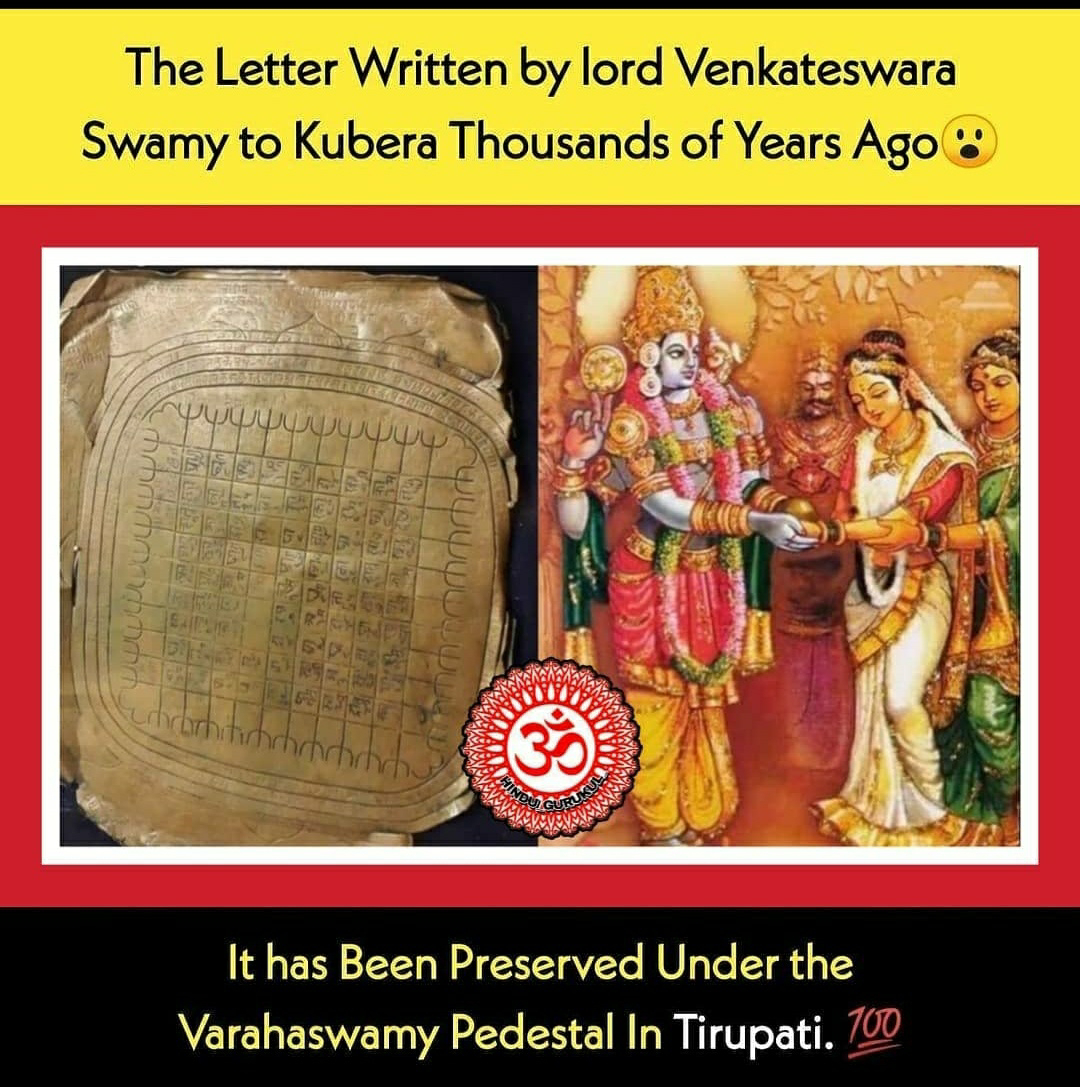india
The emblem of India is an adaptation of the Lion Capital of Ashoka at Sarnath, preserved in the Sarnath Museum.
In the original Sarnath capital (which is currently situated in Varanasi, Uttar Pradesh) there are four Asiatic lions standing back to back - symbolizing power, courage, pride, and confidence - mounted on a circular abacus. The abacus is girded with a frieze of sculptures in high relief of an elephant (of the east), a horse (of the south), a bull (of the west), and a lion (of the north), separated by intervening wheels, over a lotus in full bloom, exemplifying the fountainhead of life and creative inspiration. Carved out of a double block of polished sandstone, the capital is crowned by the Wheel of the Law (Dharma Chakra).
In the emblem adopted by the government in 1950 only three lions are visible, the fourth being hidden from view. The wheel appears in relief in the centre of the abacus, with a bull on the right and a galloping horse on the left, and outlines of Dharma Chakras on the extreme right and left. The bell-shaped lotus beneath the abacus has been omitted.[1]
Emperor Ashoka the Great erected the capital to mark the spot where Gautama Buddha first taught the Dharma and where the Buddhist Sangha was founded. Forming an integral part of the emblem is the motto inscribed below the abacus in Devanagari script: Satyameva jayate सत्यमेव जयते (English: Truth Alone Triumphs).[2] This is a quote from Mundaka Upanishad,[3] the concluding part of the sacred Hindu Vedas.
The emblem forms a part of the official letterhead of the Government of India, and appears on all Indian currency as well. It also sometimes functions as the national emblem of India in many places and appears prominently on Indian passports. The "Ashoka Chakra" (wheel) from its base has been placed onto the center of the National Flag of India.
[edit]Emblems of Indian States
Many states of India also have their own emblems.
[edit]References
- ^ "The State Emblem Of India (Prohibition Of Improper Use) Act, 2005" (PDF). 2005-12-20. p. 4. Retrieved 2012-04-15.
- ^ Kamal Dey v. Union of India and State of West Bengal (Calcutta High Court 2011-07-14). Text
- ^ "Rajya Sabha Parliamentary Standing Committee On Home Affairs: 116th Report on The State Emblem Of India (Prohibition Of Improper Use) Bill, 2004".[dead link]
- ^ National Emblem of India[dead link]
[edit]External links
- The State Emblem of India or the National Emblem of India
- “National Insignia”, Embassy of India, Washington D.C., USA
- State Emblem of India (Prohibition of Improper Use) Act, 2005 at the Ministry of Home Affairs web site PDF (25 KiB)
- The National Emblem displayed on the Homepage of Ministry of Home Affairs, Government of India
- The National Emblem displayed on the Homepage of Ministry of Environment & Forests, Government of India
- For Pictures of the famous original "Lion Capital of Ashoka" preserved at the Sarnath Museum which has been adopted as the "National Emblem of India" and the Ashoka Chakra (Wheel) from which has been placed in the center of the "National Flag of India" - See "lioncapital" from Columbia University Website, New York, USA



Comments
Post a Comment